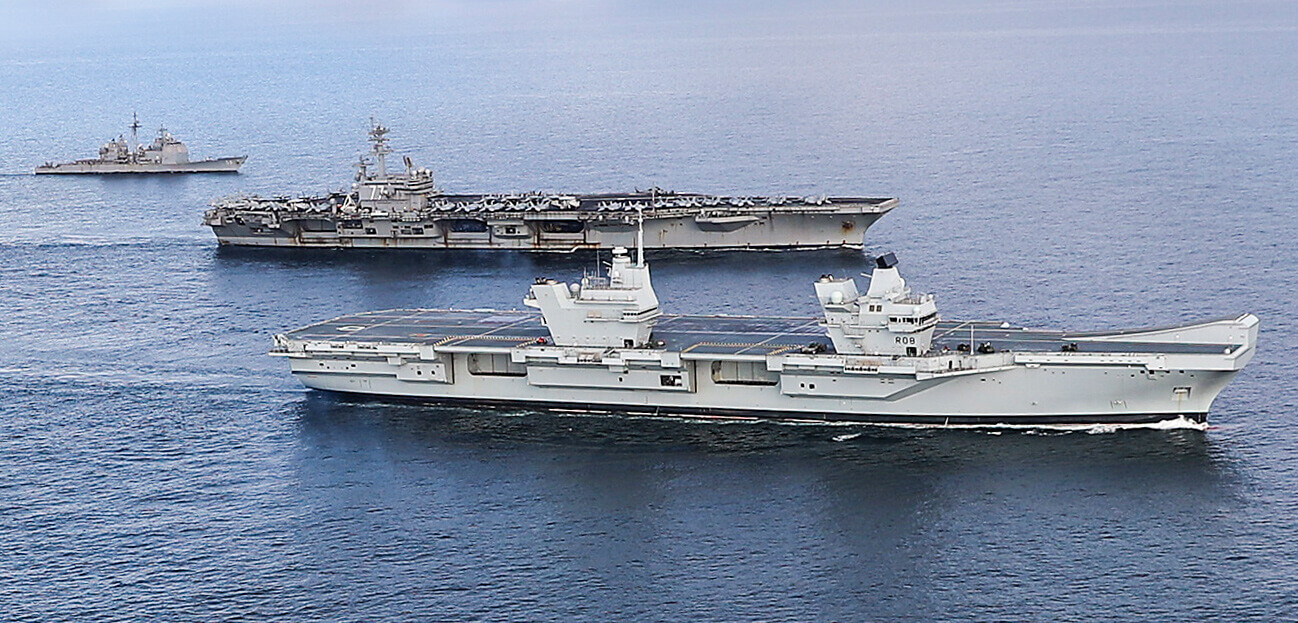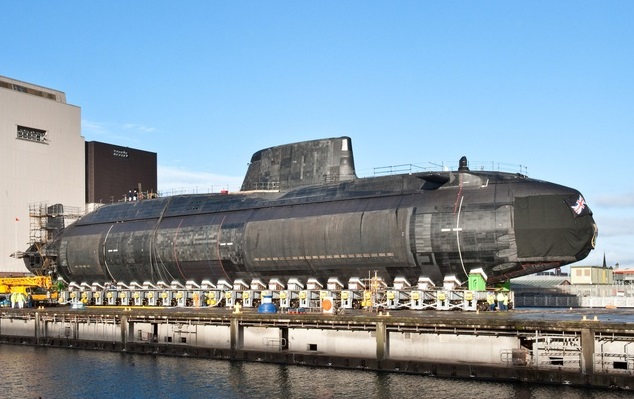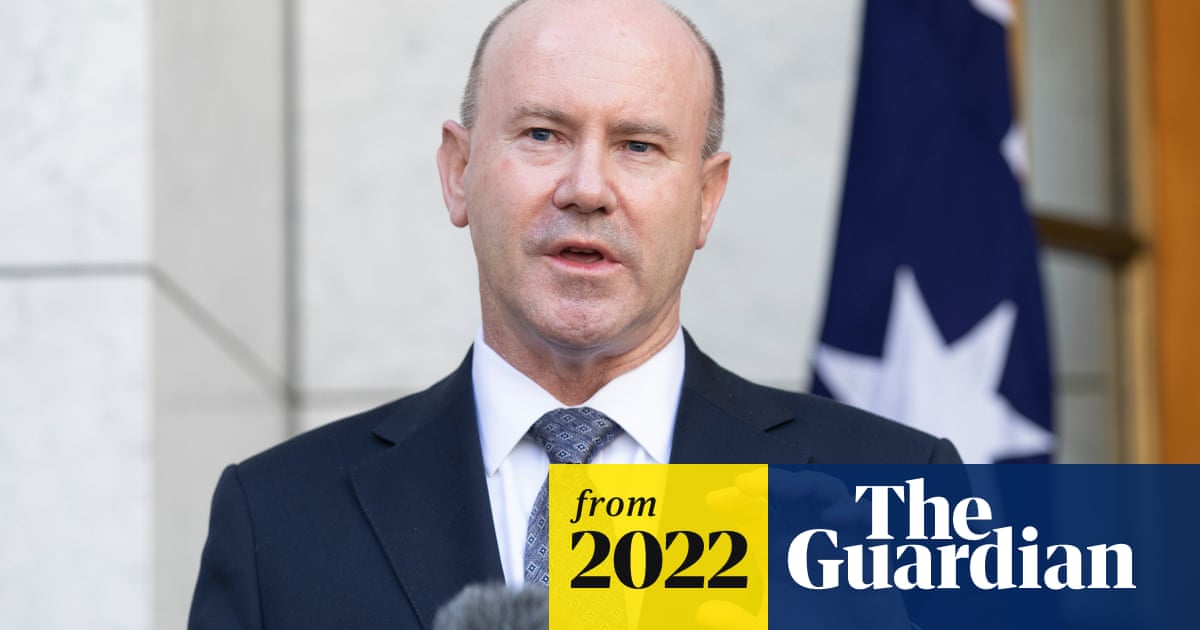- Joined
- 6 September 2006
- Messages
- 4,838
- Reaction score
- 9,480
Very much so, no doubt some of that contingency is additional trained crew, spares, training staff etc., which is why I estimated a Blue/Gold team (2 crews per sub) figure as being perhaps closer to what you'd need (even then 270 per sub feels generous).3,024 submariners would equal enough to crew 22 Virginias, or 11 if you were running Blue/Gold teams.
Either way its a bit vague and sounds like an overstated figure.
Remember career management and ship-shore rotation. Submariners don't spend every day of their time in service assigned to a submarine. At least half their time would have to be in shore tours for training, support, etc.
The Collins crew was expanded from 42 (6 officers, 36 enlisted) to 58 to spread the workload more effectively when they were having problems crewing more than three subs. It seems that there are four 58-personnel crews available at least, given no more than 4 seem to operational at any one time (though perhaps our Australian members can correct me if there 6 full 58-person crews available).
The Attack-class had a complement of 60, which implies the current Collins team would need to expand slightly, and with double the number of hulls to the need to man twelve submarines would have required doubling the submariners in the RAN (or a two-thirds increase if only 4 boats are currently manned) .
Buying SSNs with crews of around 100-110 would imply another expansion, but 6 SSNs would probably need as many personnel as 12 Attack-class. I have a hunch the Virginia figure quoted was for 12 submarines.
The strength of the RAN (as of last June according to Wiki) is 15,285 permanent full-time personnel (2,914 commissioned officers, remained enlisted), 161 gap year personnel and 3,932 reserve personnel.
The cynic in me would doubt whether even the expansion for 4 operational Collins to 9-10 operational Attacks was feasible, let alone manning however many SSNs it thinks it can afford (I'd be surprised if they get more than 6 SSNs), 5 operational at once would be about a 500 person commitment nearly three decades time up from 232 today).




